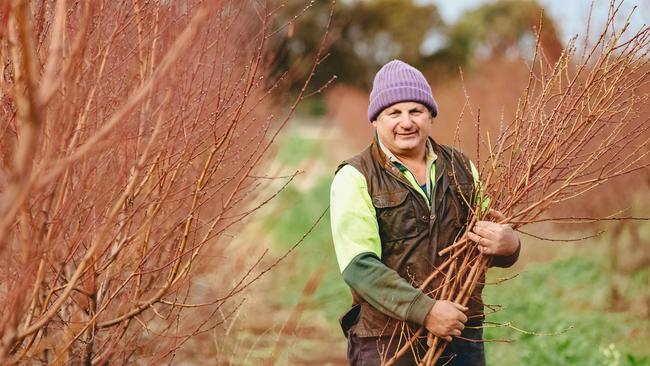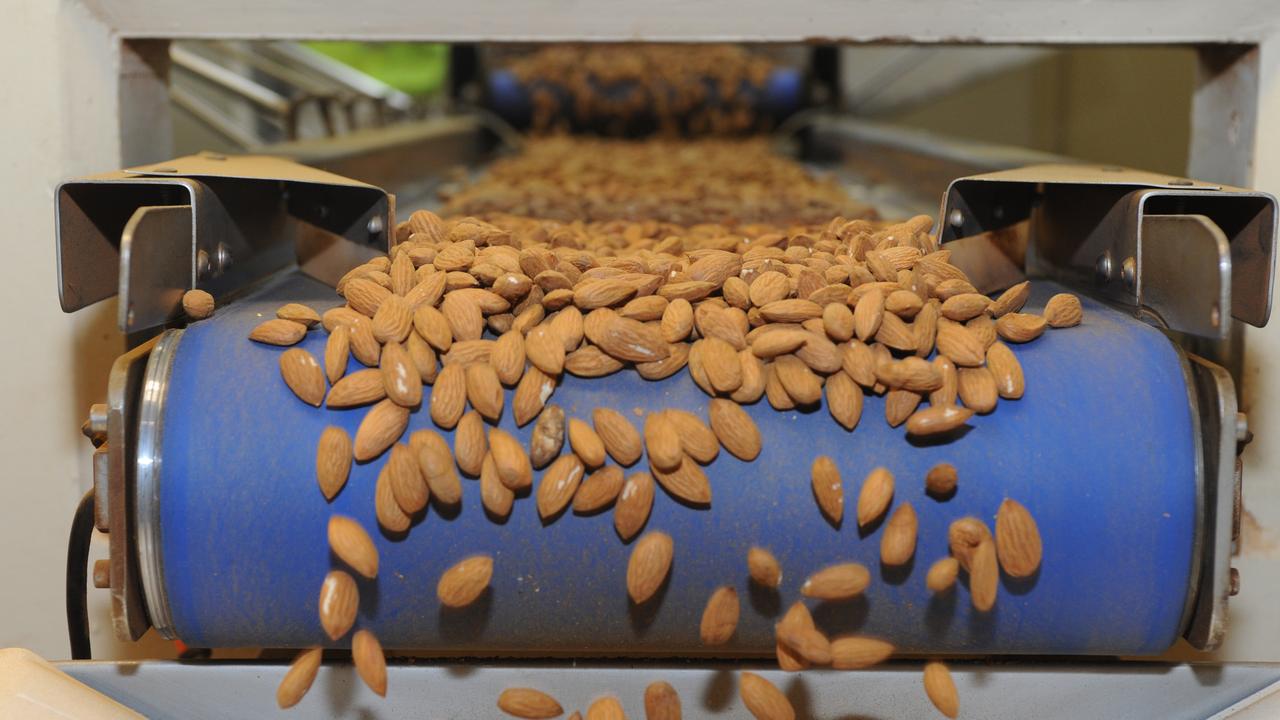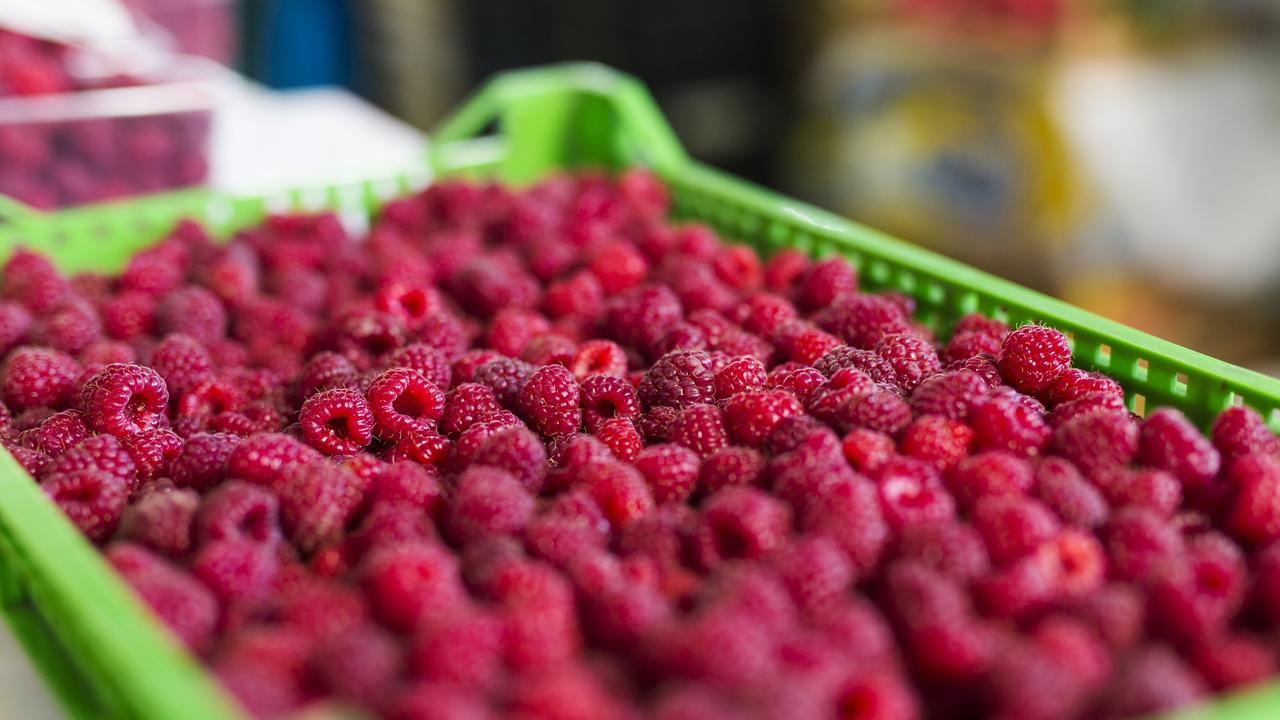Stone fruit exports strong despite coronavirus
Australian stone fruit growers are still tallying just how much fruit was left to rot in containers stuck at Chinese ports in March.

STONE fruit growers and exporters may still counting the cost of coronavirus on exports, but the damage appears to have been mitigated by newly minted ties in China.
The stone fruit export season drew to a close at the end of March, which saw exporters exposed to a slowdown in sales over the Chinese New Year and then a halt when a national lockdown was imposed in mid-March.
Summerfruit Australia chief executive Trevor Ranford said despite the setbacks, 22,000 tonnes were sent to China over the season, compared to last year’s record 23,000 tonnes.
However the figure hides how much fruit was left to rot in containers during a freight backlog at the tail-end of the export season.
“China held its line from the point of view of representing about 50 per cent of overall exports. The only caveat to that is while the fruit was exported, some was lost on the ports. So the produce left the country, but wasn’t necessarily sold,” Mr Ranford said.
Considering the setbacks, he said, the figure attests to a strong export season and ties with the Chinese industry.
Last year the Summerfruit Association signed a memorandum of understanding with the China Entry-Exit Inspection and Quarantine Association and the Yuncheng Fruit Industry Development Centre, elevating the Australian industry’s profile in the tightly contested market.
Mr Ranford said China would remain an export focus for the industry, but it was also working to increase access to Vietnam, the US, South Korea and Japan.
About 15 per cent of total stone fruit production is sent offshore where it can fetch much higher prices than on the domestic market.
Lake Boga grower Michael Tripodi said fruit can sell for as much as $4 a kg (free on board) in China, compared to as little as $2 a kg to Australian supermarkets.
Mr Tripodi, who is also chair of Summerfruits Australia and grows the whole gamut of stone fruit from peaches and nectarines to plums and apricots, said the industry was yet to tally the cost of coronavirus growers’ profits.
“We’re not commenting on the cost to the industry yet because we’re still tallying that price … Coronavirus did hurt some people,” he said.
Across Victoria, where 70 per cent of production is centred, growers like Mr Tripodi are pruning their trees in preparation for next season, with the first crop available in October.
MORE
ROBOT BUILDER TO BEGIN TRIALS IN FRUIT AND VEG PACKING HOUSES
STONE FRUIT EXPORTS TO CHINA SURGE UNDER FREE TRADE AGREEMENT



